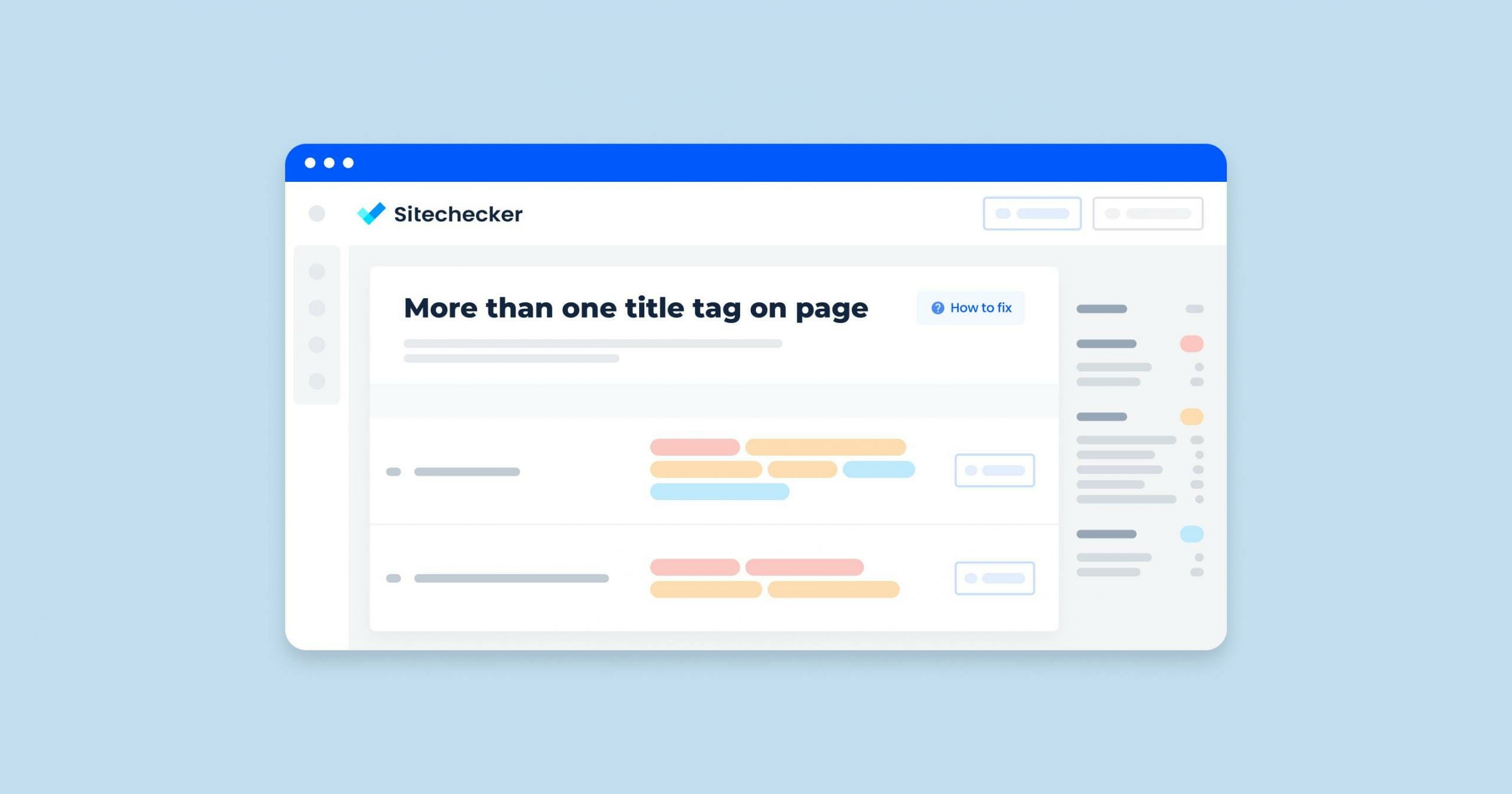Title is missing issue means that website has URLs without title tag in the code (e.g. “<title></title>”).
The Importance of the Issue
The title tag is a short and most relevant description of the content found on any given page. It is located in the head of an HTML document and has colossal importance in SEO.
This is because search engines assign the meta title the highest level of importance when interpreting page content but also because the header appears unaltered in the anchor text of the SERP snippet, representing your page in search engine queries. Besides, it appears in the title bar of the browser, helping users to distinguish between different pages.
Failing to provide a title tag on your page is a missed opportunity and a potential usability issue.
- A missing title tag means you are not taking full advantage of the tools that help propel your Page Rank for certain targeted keywords.
- As mentioned earlier, the header is used as the anchor text of your page’s SERP snippet. A missing title prompts search engines to generate one on their own from the content available on your page. Obviously, handing control over this issue to search engines can lead to suboptimal or even disastrous results – humans are more likely to create appealing and relevant headers that would attract clicks.
- Missing headers negatively impact user experience and productivity. Since meta titles are used to name tabs in a browser, they help users to keep track of multiple tabs or windows and navigate efficiently through them. Title tags are also used to name bookmarks, browser history records, they are borrowed when sharing on social networks, and so on. If not for the meta title, all these operations would need to pick another piece of text from your page, which could be far less intelligible or representative of your page’s content.
That is what Google advises to webmasters:
<…>If we’ve detected that a particular result has one of the above issues with its title, we may try to generate an improved header from anchors, on-page text, or other sources. However, sometimes even pages with well-formulated, concise, descriptive titles will end up with different headers in our search results to better indicate their relevance to the query. There’s a simple reason for this: the title tag as specified by a webmaster is limited to being static, fixed regardless of the query.<…>
How to Check the Issue
Access the source code of the page by using an online tool like Codebeautify or by employing your web browser. Indeed, most browsers allow viewing the source code – in Chrome, just right click on a neutral region of the page and pick “View Page Source”. Once the source code is revealed, search for <title> to locate the title tag.
An alternative method is to utilize Sitechecker. It will scan your website and identify all pages with missing titles.

By clicking on the identified issue, you will be directed to a list of pages without titles. Furthermore, you will have the option to examine the source code of a specific page.

How to Fix the Issue
Add the proper title tag to your page.
To write good meta titles, consider the following guidelines:
- Keep the length to 40-70 characters.
- The most important keywords should appear as early as possible in the title.
- Your site name or brand name should be pushed towards the end of the header.
- Titles must be highly readable and natural sounding, rather than mere lists of keywords delimited by commas.
- Meta titles need to be unique.
- One could make use of programs that automatically generate template-based meta titles (this is especially useful for big sites), but it is essential to ensure that such headers are readable, relevant, and appealing enough.
Detect pages with missing titles
Crawl the website to collect all pages that have no title tags




